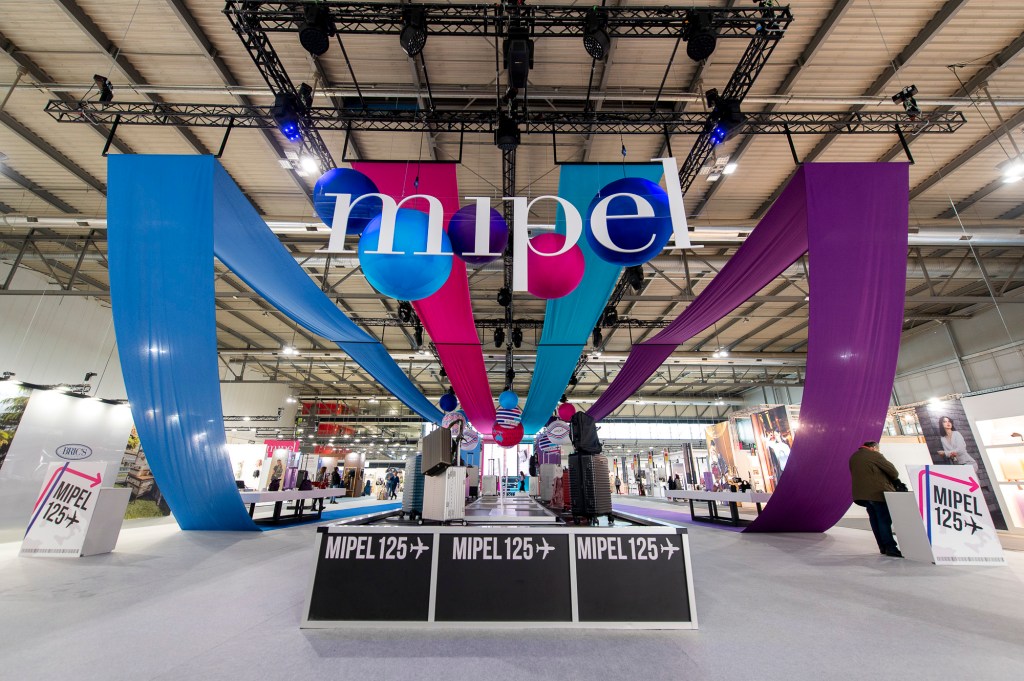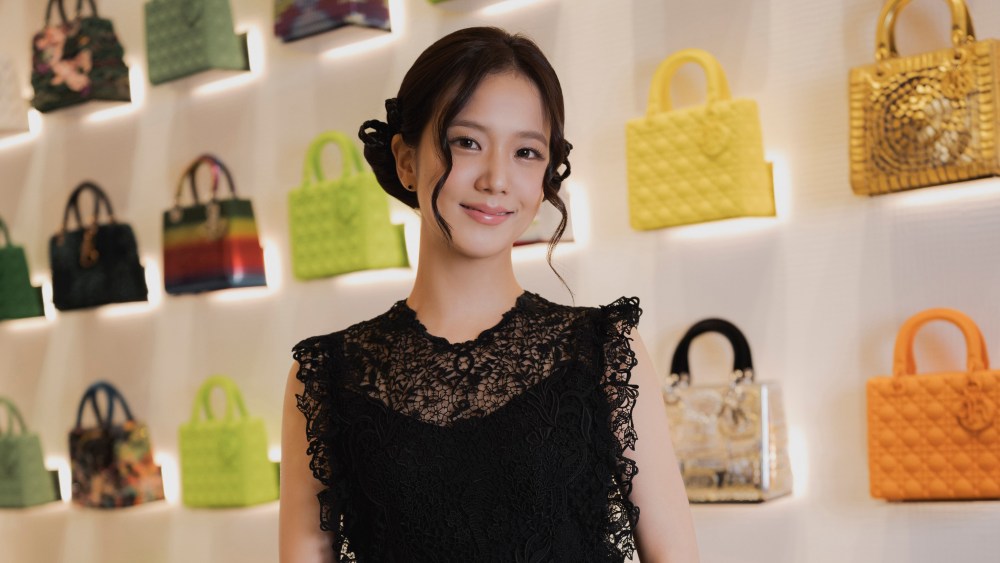MILAN — It was business as usual at the four-day leather goods Mipel trade show that closed Feb. 21 at Rho Fiera Milano, despite the many challenges currently faced by the sector.
The exhibition’s surface grew to roughly 46,440 square feet, bringing together about 200 brands showcasing their fall 2024 collections, mostly Italian start-ups and small and medium-sized companies. Still, uncertainty lingered.
“It started well, but it ended up with an autumn frost,” said Assopellettieri president Claudia Sequi, referring to 2023, which abruptly slowed down in the second half. “The provisional estimates show that 2023 closed at 2022 levels, with revenue at 13.2 billion euros and a 0.7 percent increase at current prices, bearing a marked slowdown starting from the spring months,” she said. “Weak growth in foreign sales is estimated to close at 11.4 billion euros, a 1.1 percent increase, while we witnessed stagnation in the domestic market, below pre-COVID-19 levels by 4 percent.”
Nevertheless, numbers per se aren’t Sequi’s most significant concern. “The whole fashion business is struggling, and there are hints that this year’s second semester will bring an improving scenario,” she added.
For the accessories industry, recruiting younger generations to replace the workforce on the brink of retirement is as crucial in finding a way to strengthen its presence abroad.
“ITA — Italian Trade Agency always supports us when we showcase abroad, but we also need help in Italy. Mipel is the place to be for bags. We have about 10,000 visitors from 90 countries each season, so joining the fair is crucial. Some of our exhibitors find it hard to be here. When Adolfo Urso, minister of enterprises and Made in Italy, joined us for the inauguration day, we discussed it openly,” Sequi said.
In the next two years, Mipel might start traveling again worldwide, as it did in the past, for example, in South Korea. “Nothing’s fixed yet, except the intention to work on the idea seriously,” Sequi explained. “For small and medium-sized enterprises, being together is the only way to approach complex markets such as China or India, but also the United Arab Emirates, the United States, and, once again, South Korea.”
Besides the difficult economic situation, the 125th edition of Mipel saw the expansion of the Travel & Business section, which was launched last September and is ready to grow further at the next edition. Among the historically prominent brands was Bric’s, flanked by new entries such as Momo Design, Tucano, Swissbrand, and Echolac, founded in Tokyo in 1964 and now designed in Milan, as chief executive officer Lorenzo Gista explained.
“We remain faithful to the values of quality, elegance, and precision that have always characterized the brand. Among Echolac’s top products, there’s the all-aluminum trolley and the one with the front opening, perfect for packing and unpacking in small hotel rooms,” he explained.
Showcase Milano curated by Mirta Wholesale, the business-to-business website created to connect small luxury artisanal businesses with international boutiques, offered a strong selection of upcoming brands. After extensively working within Max Mara’s creative team, Alice Ferraro left the company in 2019 to work on her project, Apua, a small, bespoke range of evening and party bag, where the celebrated Carrara marble in super-thin cuts takes the place of traditional leather.
Mochila Milano by Silvia Ferrari started from the founder’s love for craftsmanship. After almost 10 years as a buyer of luxury accessories in Milan, Ferrari attended some loom weaving courses, which led her to discover the “mochila bags” made by women from an Indigenous tribe called Wayuu in Colombia. “I never wanted just to sell them,” she said, “but to tell their story, so I stayed in Colombia for a few months, where I regularly go back.”

Francesco Melcarne lives in Salento (the “heel” of Italy, in the Puglia region), where olive trees grow beautifully. He started his Olevio brand by turning the leftover wood into wristwatches, then moved to bags that are incredibly light and resistant, despite no use of chemical agents to protect them from sun and rain.

As for trends, Veev from Chennai, India, presented their ultra-light braiding, a technique developed in different ways by Mipel exhibitors. “Buyers are captivated by braided leather. They are also looking for shearling, pony hair and any textural touch in general. Deep purple, energetic red and dark green are the colors of the season. Light blue for the wet-effect python is a must for us this season,” Biagini’s designer Sofia Barbolini said.
A selection of Ethiopian leather companies joined Mipel for the first time to strengthen their presence abroad.
“With over 170 million cattle, Ethiopia has the largest livestock population in Africa,” said Endale Seyfu, secretary-general of ELIA-Ethiopian Leather Industries Association. “We are a rising star in the global market, as we combine abundant raw materials with a skilled workforce and supportive government policies.”
With more than 550 leather manufacturing industries in the country, from small to large factories and tanneries, Ethiopia produces up to 500 million square feet of finished and semi-finished leather per year, exporting mainly to the U.S., Europe and China. “We are strategically located near the Middle East, Europe and Asia, thus reducing lead time and carbon emissions,” he added.



